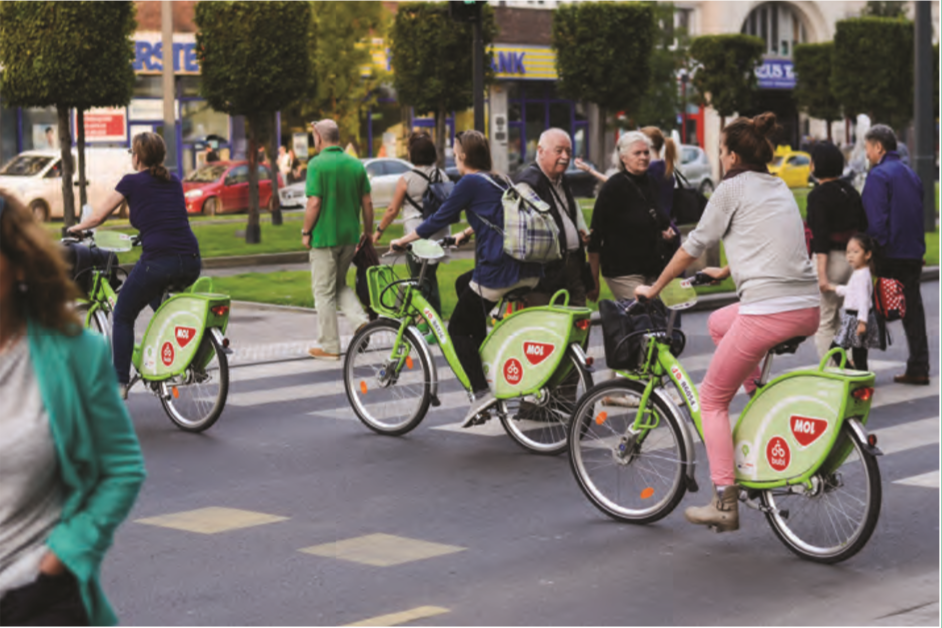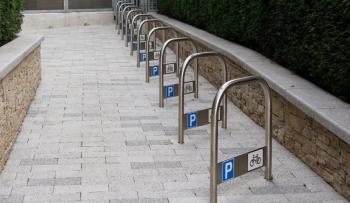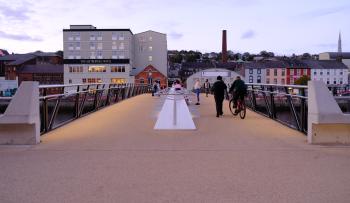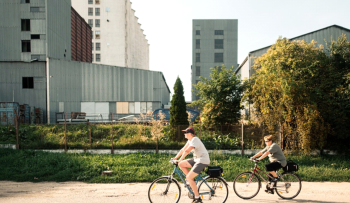
With FLOW, we Changed the Meaning of Congestion
On April 30th, the FLOW H2020 project came to an end. Thanks to the collaboration with some of the most experienced organisations in the world, FLOW allowed us to work on the development of a new tool to demonstrate that measures that promote walking and cycling, far from causing more congestion in cities, are a great way to reduce it.
A Shift in Perspective
Those who have ever played any of the Sim City videogame series know that urban modeling and traffic simulation can be not only great fun - but also extremely useful when it comes to understanading how a city works. You can design streets and squares; quiet residential areas far away from busy trade centers or mixed, multi-purpose neighbourhoods; city parks and shopping centers; restaurants, entertainements and services; schools and public libraries; etc. Clearly, that's only a game (published in 1989!), but it gave thousands of kids the opportunity to explore the idea of a different city, built on new values and pursuing a distinct vision.
Working on a similar concept - changing the way we think of cities - FLOW has expanded the prevailing understanding of congestion, which used to focus on motor vehicle traffic, to a perspective where all traffic participants (including those using non-motorised modes) are equally considered as a potential source and remedy of congestion. This translated in the ultimate mission of the FLOW project:
Placing active modes on an equal footing with motorised transport with regard to urban road traffic performance and congestion, and eventually pushing for a shift in the mindset that was applied our streets were planned: from a transport network designed to move vehicles to one designed to move people.
An Innovative, Robust Methodology
In collaboration with cities, companies, organisations and universities leading the urban planning and modeling sector, we developed a strong methodology to evaluate the impact of walking and cycling on the performance of urban transport networks. Since people on foot, on bicycles or in public transport require less space than people in cars, any shift in demand from motorised to non-motorised modes or public transport has the potential to increase the effective transport network capacity.
Although, to make this change in perspective possible and operational, we needed to work with three different stakeholders:
- Cities, that learned about the value and use of new transport modelling tools;
- Businesses, that made aware of the potential market in congestion busting products and services; and
- Decision makers, who were provided with facts to argue for putting walking and cycling on equal footing with other modes of transport.
This multi-stakeholder approach also allowed for one of the key achievements of FLOW: to put urban and transport planners in the same room with traffic engineers, to finally bridge a gap that is widely responsible for the deficiencies of the current system.
Testing Phase and Looking at the Future
But FLOW went even further. We didn't merely focus on the development of theoretical frameworks and methodologies: we delivered change. We worked on 20 case-studies to prove that more walking and cycling actually reduce congestion. This portfolio of measures describes the actual effects of different types of measures on congestion by presenting the successfully implemented urban measures supportive of walking and cycling.
And we issued guidelines and recommendations to disseminate the knowledge developed and give FLOW a proper legacy: check out
And do not hesitate to contact us if you wish to know more!
Regions:
News category:
Network/Project Involved:
Contact the author
Recent news!
Contact Us
Avenue des Arts, 7-8
Postal address: Rue de la Charité, 22
1210 Brussels, Belgium









